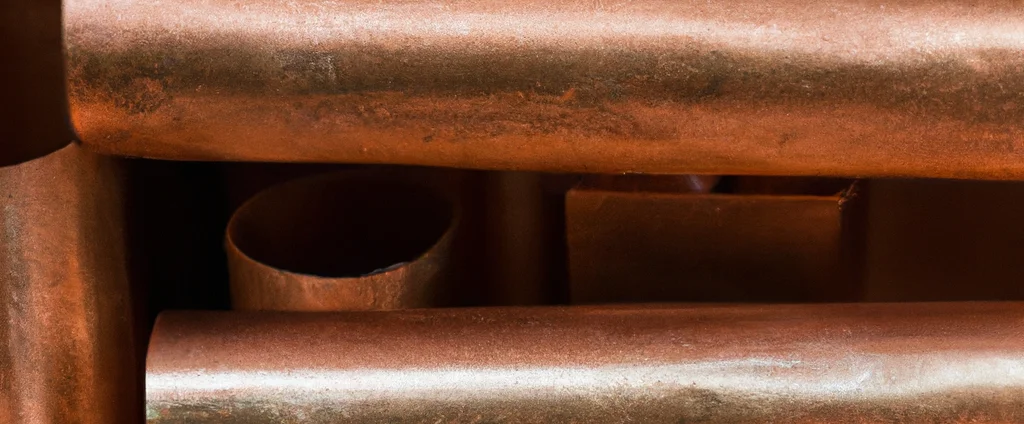Aluminium Bronze (UNS C95400)

Aluminum bronze C95400 is a copper-based alloy renowned for its high strength, corrosion resistance, and excellent wear resistance. It is widely used in marine, aerospace, and heavy industrial applications.
| Chemical Composition | ||
|---|---|---|
| Element | Min | Max |
| Copper | 83.0% | —— |
| Aluminum | 10.0% | 11.5% |
| Iron | 3.0% | 5.0% |
| Manganese | —— | 0.5% |
| Nickel | —— | 1.5% |
The following table provides a list of bronze C95400 properties in both SI and US customary/Imperial units.
Click on the button to switch between Metric and Imperial units.
| Physical Properties | Metric |
|---|---|
| Density | 7450 kg/m3 |
| Mechanical Properties | Metric |
| Tensile Strength (Ultimate) | 520 - 710 MPa |
| Tensile Strength (Yield) | 200 - 360 MPa |
| Young’s Modulus (E) | 110 GPa |
| Shear Modulus (G) | 41 GPa |
| Elongation at Break | 8 - 12% |
| Poisson’s Ratio (ν) | 0.32 |
| Brinell Hardness | 160 - 200 |
| Thermal Properties | Metric |
| Melting Point | 1025 - 1040 °C |
| Thermal Conductivity | 59 W/m·K |
| Specific Heat Capacity (Cp) | 420 J/kg·K |
| Coefficient of Thermal Expansion (αL) | 1.62×10-5 1/°C |
| Electrical Properties | Metric |
| Electrical Conductivity | 7.54×106 S/m |
| Electrical Resistivity | 1.33×10-7 Ω·m |
| Magnetic Permeability | 1.27 |
The values in this table are approximate and can vary depending on various factors such as the specific manufacturing process and heat treatment applied to the alloy.
Advantages & Disadvantages of Aluminium Bronze C95400
| Advantages | Disadvantages |
|---|---|
| High strengt | High cost |
| Corrosion resistance | Limited weldability |
| Wear resistance | Limited availability |
| Good machinability |
Applications of Aluminium Bronze C95400
Aluminium Bronze C95400 finds applications in various industries due to its beneficial properties, including:
- Marine and Offshore: Due to its excellent corrosion resistance in seawater and marine environments, it is used for marine hardware, propellers, ship fittings, underwater fasteners, and various components in offshore structures.
- Aerospace: It is utilized in aerospace applications where high strength, wear resistance, and corrosion resistance are required. Components include landing gear parts, bushings, bearings, and connectors.
- Oil and Gas: The alloy’s resistance to corrosion, wear, and high temperatures make it suitable for oil and gas applications. Common uses include valves, pump components, connectors, and other equipment subjected to harsh operating conditions.
- Industrial Equipment: The high strength and wear resistance make it suitable for heavy-duty industrial equipment. Typical applications include gears, bushings, bearings, valve bodies, hydraulic components, and other parts that experience high loads and wear.
